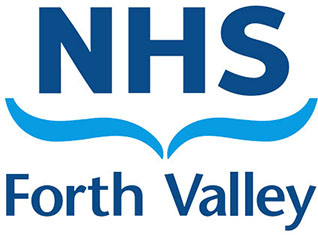The aim of this advice is to give you some understanding of the problems you have with your big toe and to provide some advice on how to manage this. It is not a substitute for professional healthcare advice and should be used along with information you may be given by your GP or Allied health professional.
What is Hallux Limitus/ Rigidus?
This is a common form of arthritis located at the base of the big toe (this joint is called the metatarsophalangeal, or MTP joint). This joint is important to the proper function of the foot, as it needs to bend when the foot is in motion. If this joint begins to stiffen (hallux limitus), walking can become a painful experience. The MTP joint has cartilage that covers the bones. Sometimes the cartilage can be damaged be either wear or tear or injury, which can lead to the formation of a bone spur (overgrowth). This overgrowth can reduce the movement in the toe (hallux limitus), ultimately resulting in complete loss of movement (hallux rigidus).
What are the Symptoms?
Symptoms include stiffness in the big toe when walking or swelling around the big toe joint. A bump such as a callous or bunion could also be suggestive of this condition, as can limitation in the movement.
How can it be Treated?
Treatment may include using anti-inflammatory medication or an injection to reduce swelling. A podiatrist may be able to take care if any corns or calluses that develop due to the bone deformities. They will also give you advice on how to manage these areas regularly yourself. They may advise you on different footwear or possibly prescribe an orthotic device (e.g. padding/ insoles etc) if appropriate. The joint is most painful when the toe tries to bend upwards during walking therefore this movement can be restricted through stiffening the sole of your shoe and a rocker bar which can reduce your pain. Changing your footwear is the only option other than surgical intervention.
Medication
Many people use medication to help them remain active and to cope with their pain and symptoms. It is recommended that you take your medication regularly. It is best to get advice from a GP or pharmacist.
Other Intervention
There are other health interventions which may be more appropriate for your condition. These can be discussed with your health care practitioner.
Work
It is usually recommended that you try to stay at work or get back to work as soon as possible. You do not need to be fully pain and symptom free to return to work. Research shows the longer you are off work the less likely it is that you return.
Investigations/do I need any special tests
The main way we diagnose your Hallux limitus is through what you tell us and by examining your big toe. Other investigations may be considered, these can be discussed with your health care professional.
Try to stay positive. There is a lot you can do to help yourself. Most symptoms do settle with time.

